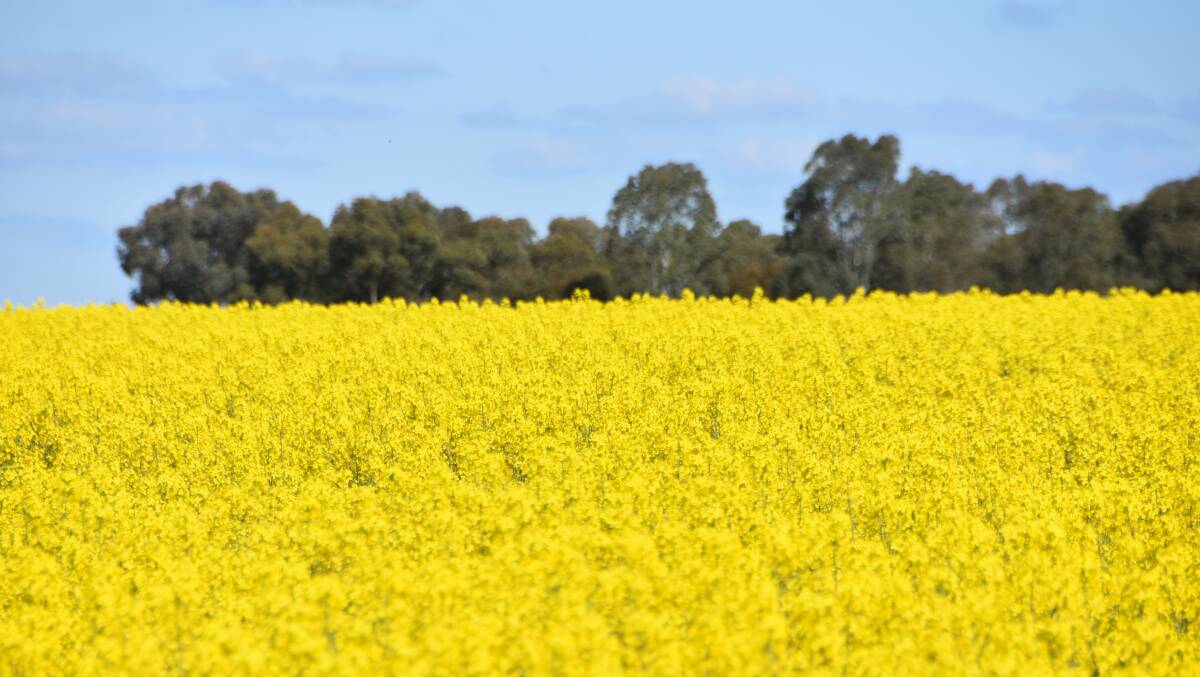
CANOLA values have beat a definitive retreat from the levels in excess of $1000 a tonne seen at sowing as an improved northern hemisphere crop pushes prices down by more than a third, with many Australian growers looking at prices around $650/t delivered to upcountry sites.
Subscribe now for unlimited access to all our agricultural news
across the nation
or signup to continue reading
Earlier in the year some analysts were suggesting canola price levels may step up to levels around $1000/t permanently, pointing to diminished plantings in the European Union where bans on popular seed treatments have made the crop harder to grow.
However, Thomas Elder Markets analyst Andrew Whitelaw said the current price reversal demonstrated a classic piece of market theory.
"Nothing cures high prices like high prices," Mr Whitelaw said.
"We've seen growers react to the market signals and there have been big plants of canola / rapeseed right across the globe," he said.
He said supplies were likely to improve globally off the back of more northern hemisphere production.
"What people forgot when they were talking about the 'new normal' in canola pricing was that there had been a really small year in the northern hemisphere in 2021."
"We're now seeing a marked improvement in the Canadian season, even in Europe, where we keep hearing reports of drought, the forecasters remain firm in their predictions that it is likely to be the biggest rapeseed season there in five years, probably reflecting an increased plant."
Australia is expected to add to supplies of canola, with many forecasting agencies tipping another record breaking season.
Ikon Commodities this week came out with a forecast for production of 6.7 million tonnes which would comfortably break last year's all-time record of 6.3m tonnes.
Nick Goddard, Australian Oilseeds Federation executive manager, said others in the trade were working off even higher figures.
"Some are talking up to 6.9m tonnes, it has all bedded down considerably in the past month with some good rain helping in Western Australia in particular," Mr Goddard said.
He said the AOF was likely to significantly upgrade its own estimates of 5.5m tonnes in its next update.
"When the figures were released there were still areas needing rain or having had too much, we're now getting a clearer signal on what is happening," he said.
Mr Whitelaw said he was surprised there had not been more canola locked in at the higher values around sowing.
"I know there are concerns about production risk, but given the moisture levels it was surprising more people were not a little more aggressive, perhaps it was the unknown of the Ukrainian conflict and whether even though we had decile 10 prices it could push up further again."
Wimmera farmer Daniel Keam said few farmers would be signing up to sell canola at current bids.
"There is not much in it for us at present," Mr Keam said.
"It is getting slightly too wet in parts of Victoria so there is a little bit of risk on yield there and most people feel there is more upside than downside in pricing at present so they'll look to sit tight," he said.
Mr Keam said he was not sold on the price drop being permanent.
"I know there is a bigger crop but that demand for biodiesel from the EU is still very hot, we have concerns about getting product out the Black Sea and there is all this talk about European gas shortages over their winter, so a lot of farmers think it is not out of the question to see some sort of a spike again before our harvest."
Mr Whitelaw said at a flat price level, current Australian canola prices were above historic highs, but acknowledged the cost of production this season was far higher than anything seen before.


